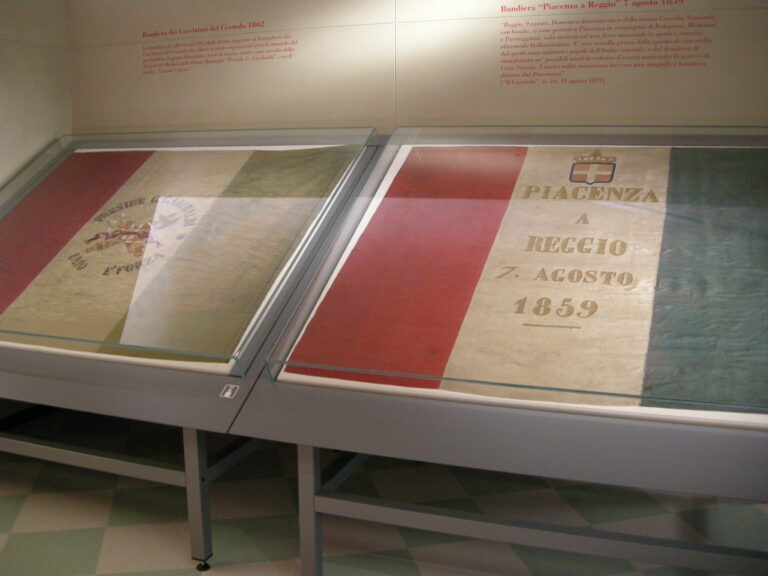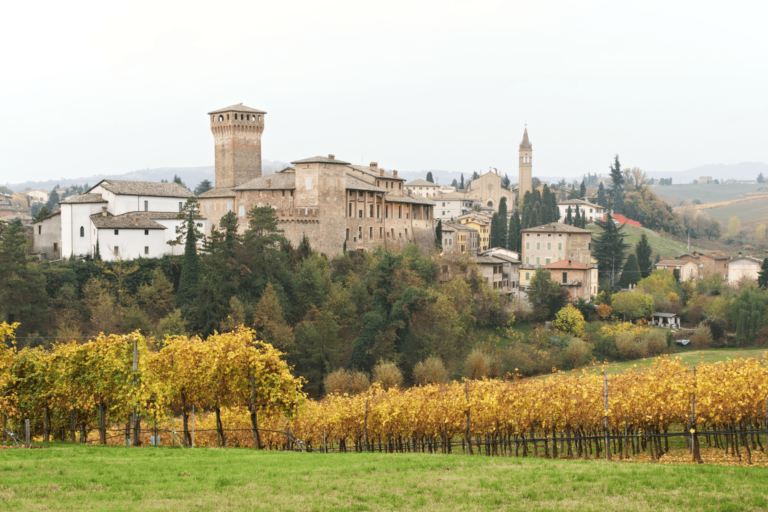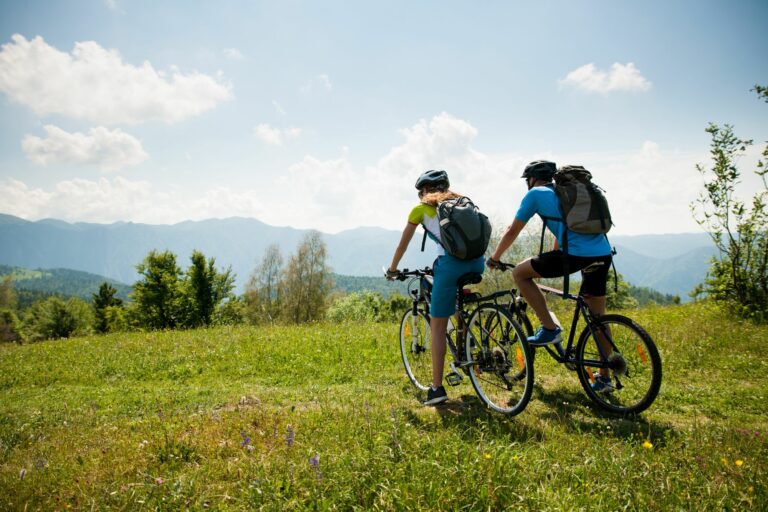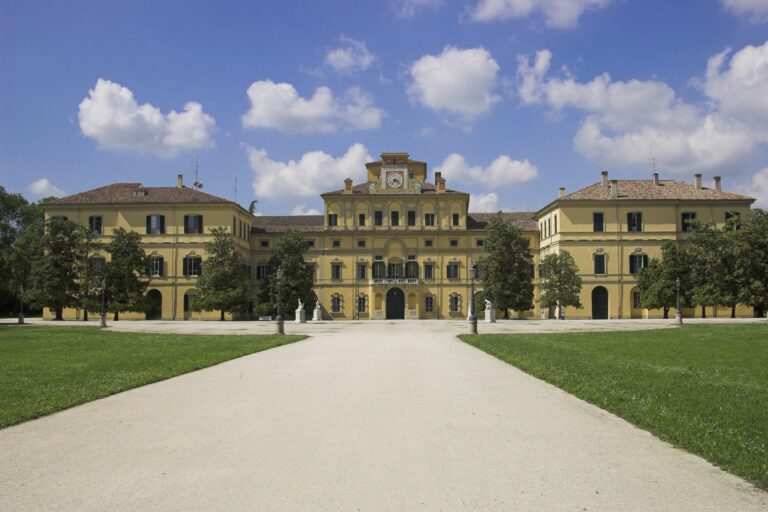Located along the Via Emilia, about 35 kilometres from our agriturismo, Parma is an elegant city famous for its art, music and gastronomic tradition (offering not only world-famous cured meats and cheeses but also excellent fresh pasta dishes). Due to its refined appearance, it is considered by many to be a little Paris. Its rich history can all be seen in the splendid historic core of the city centre, which, while having nothing to envy the metropolises in terms of services and leisure opportunities, still manages to preserve the rhythms of life on a human scale (for example, it still allows you to travel comfortably by bicycle).
What to see in Parma? Here are 5 things not to be missed!
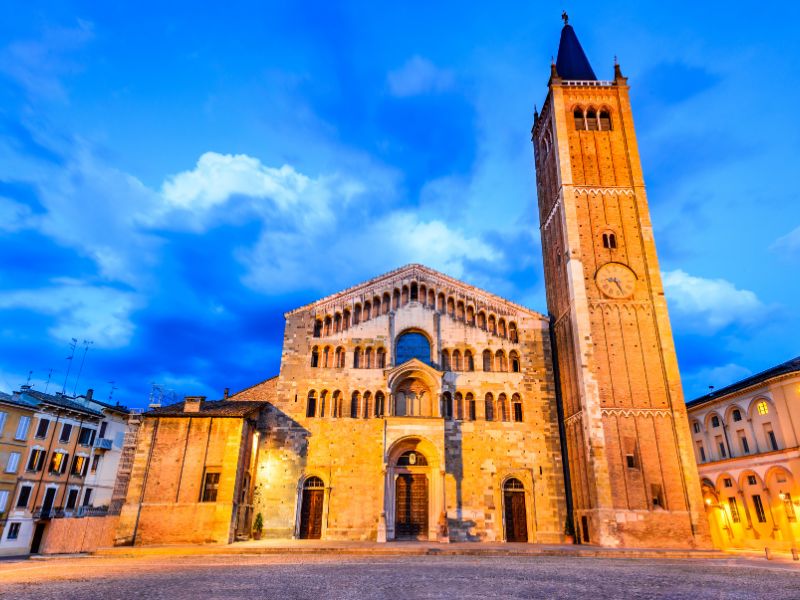
The Parma Cathedral
The Duomo of Parma, whose official name is the Cathedral of Santa Maria Assunta, is the city’s most important place of worship. It stands in the square of the same name and is a perfect example of Romanesque architecture. It was built starting in the second half of the 11th century and since then has always been a symbol of the city’s lively religious tradition as well as a monumental testimony of art. It has an imposing façade with three orders of loggias, opened by three portals. The interior, with three naves, has a dome frescoed by Correggio with The Assumption of the Virgin (one of the masterpieces of 16th-century Italian art) and houses a Deposition, an early work by Benedetto Antelami. Valuable works of art can also be found in the crypt and the side aisles.
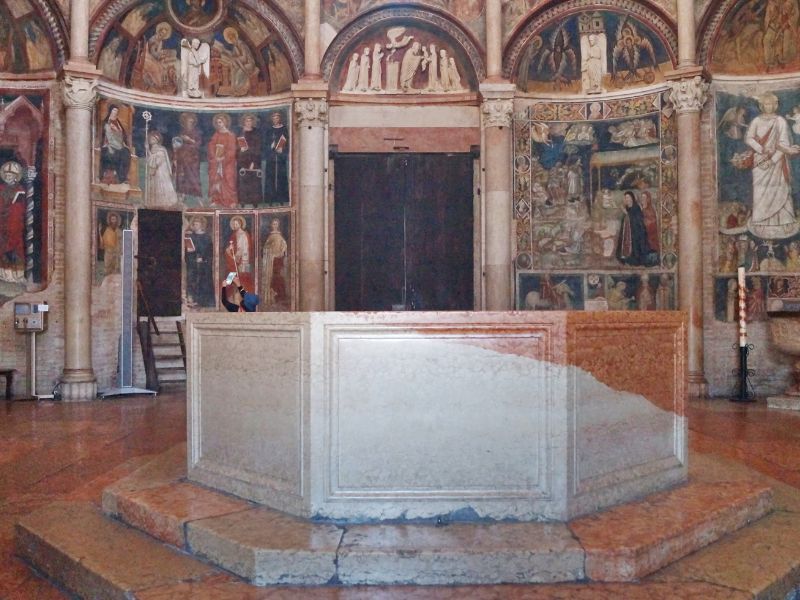
The Baptistery
Also in Piazza Duomo stands the majestic Baptistery, another monument of great artistic value. Begun in 1196 and completed in the following century, it is an extraordinary example of Romanesque-Gothic architecture. Clad in pink Verona marble, it has an octagonal floor plan. The beautiful portals, adorned with bas-reliefs by Antelami, who also created the statues in the niches, are surmounted by four rows of small loggias ending in a circle of blind loggias, a balustrade and eight pinnacles. In the interior, the frescoes covering the dome, created in the 13th century by craftsmen from the Po Valley influenced by Byzantine iconographic models, and above all the twelve statues depicting the Months, largely due to Antelami, stand out.
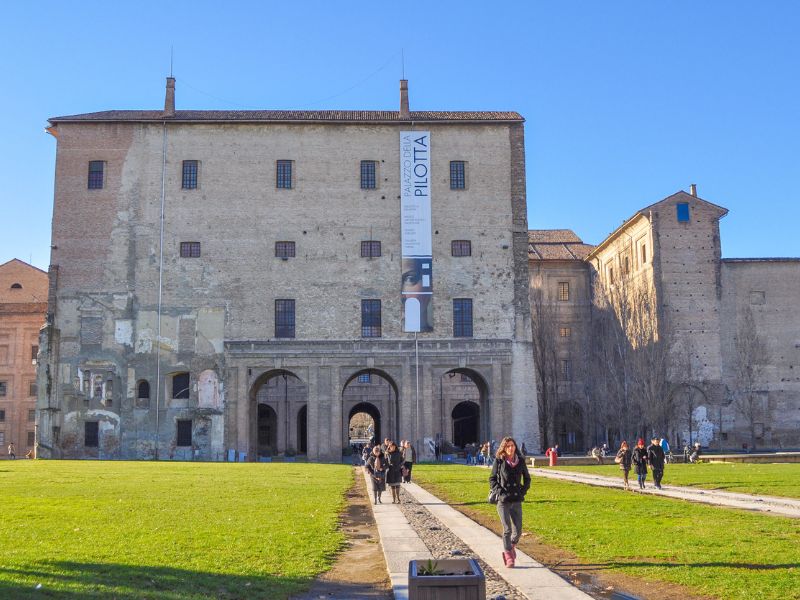
The Monumental Complex of the Pilotta
A visit to the city cannot be separated from the Palazzo della Pilotta, also known simply as the Pilotta, a monumental complex consisting of several buildings that numerous architects worked on at different times. Erected at the behest of Duke Ottavio Farnese between the 16th and 17th centuries, it derives its name from the game of pelota that was played in one of its courtyards on special occasions. The complex includes: the Farnese Theatre, one of the most extraordinary theatrical architectures of the 17th century; the National Gallery, established in 1752, which exhibits numerous works by Italian artists, especially from Parma, and foreigners; the Archaeological Museum, since its foundation (1760) a point of reference for archaeological research in the Duchy; the Bodoni Museum, the oldest printing museum in Italy; and the Palatine Library, with precious incunabula and illuminated manuscripts.
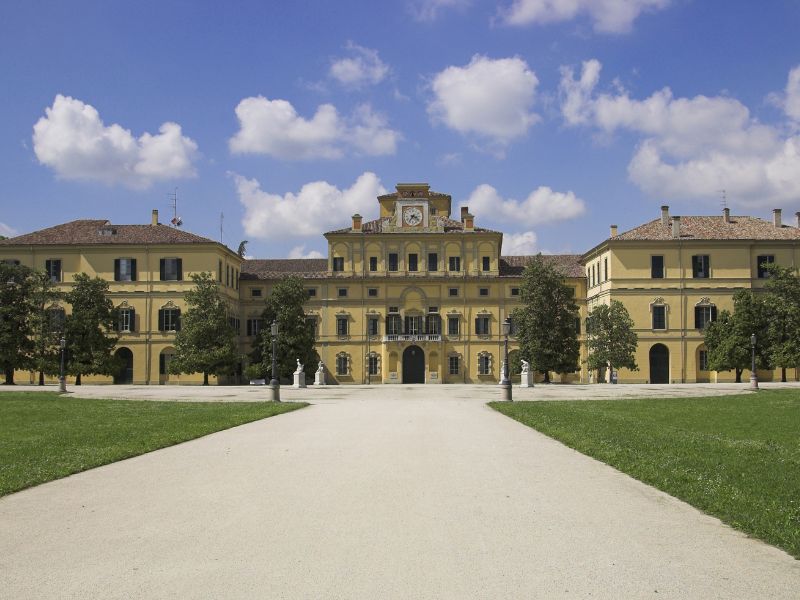
The Ducal Park
Just beyond the Verdi bridge that connects the Palazzo della Pilotta to Oltretorrente lies the enchanting Parco Ducale, used as a place of rest and recreation as well as being visited as a site of significant historical and artistic interest for its architectural design and the valuable buildings and artistic artefacts it houses. Familiarly called ‘the garden’, it features centuries-old trees that in their placement create an elaborate green architecture. Inside the park are: the Ducal Palace, built in 1564 and remodelled in the 18th century, which boasts in particular two beautiful rooms frescoed by the painters Cignani and Trotti; and the Palazzetto Eucherio Sanvitale, a precious jewel of late 15th century architecture.
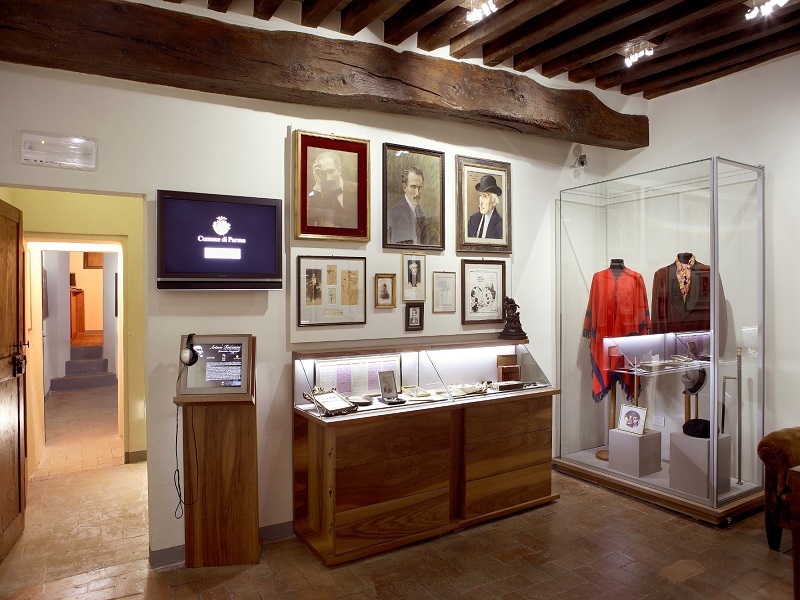
The Arturo Toscanini Birthplace Museum
Finally, the Museo Casa Natale Arturo Toscanini (Arturo Toscanini Birthplace Museum), located in the popular Oltretorrente area, is definitely worth a visit. It is an iconic destination for the famous conductor, who lived there only during his childhood. The house, reopened in 2007, is now profoundly renovated in terms of its structure, but still retains the atmosphere of the old birthplace. On display are memorabilia, objects and documents from the various homes where the maestro lived. The exhibition also includes films and recordings of his most famous performances.
Photo Arturo Toscanini Birthplace Museum © CoopCulture
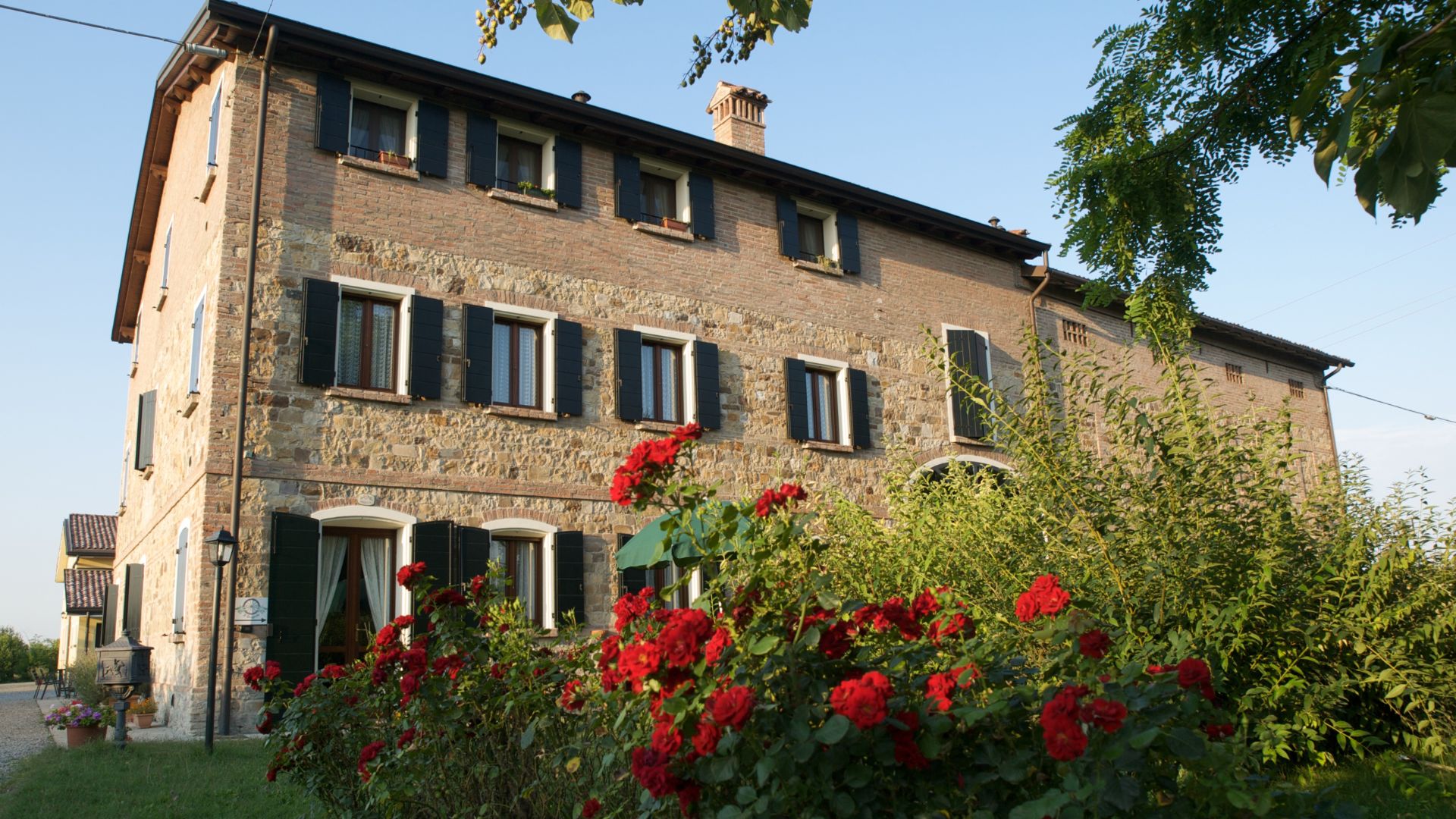
AGRITURISMO IL BRUGNOLO
Welcome to il Brugnolo
If you’re looking for completely independent apartments surrounded by greenery you really are in the right place here!
In fact, Brugnolo is immersed in the green nature of the Emilian countryside. For your relaxation, for that of your children, and again for the runs of your 4-legged friends, you will have 6000 square meters of park at your disposal!


